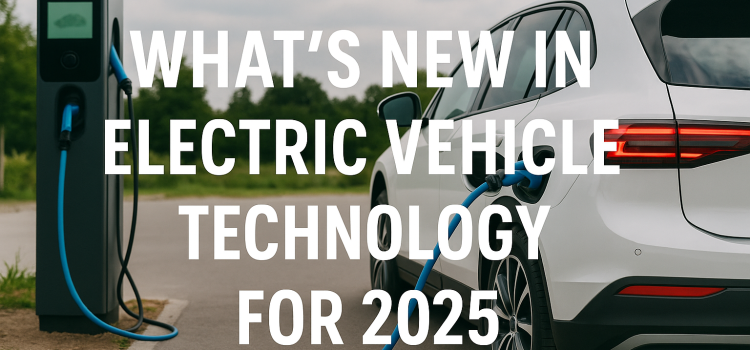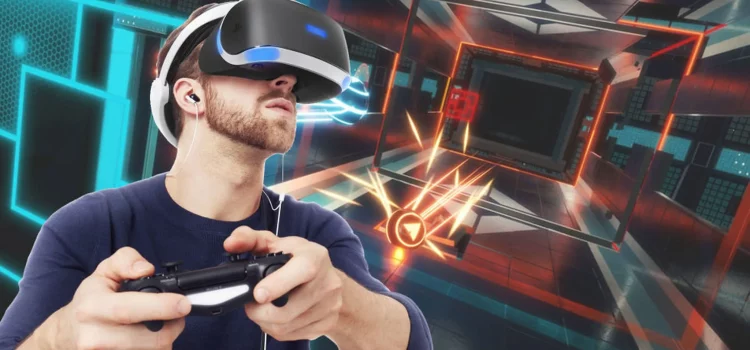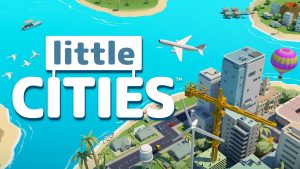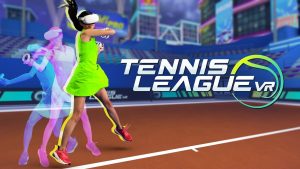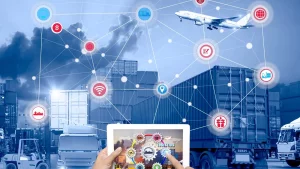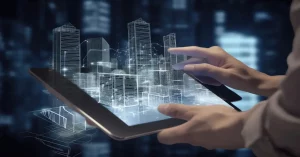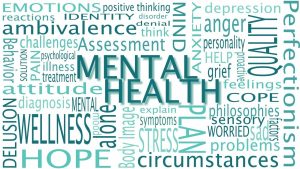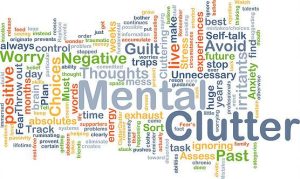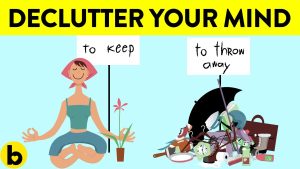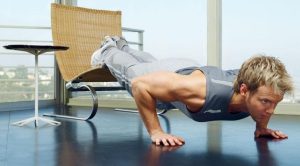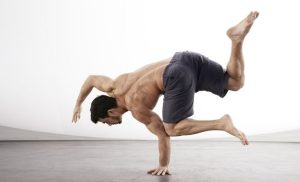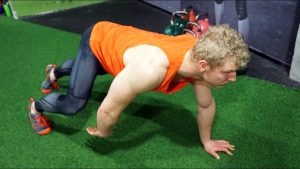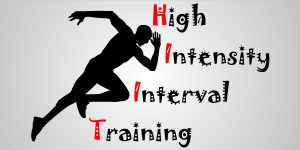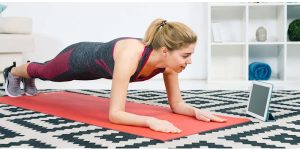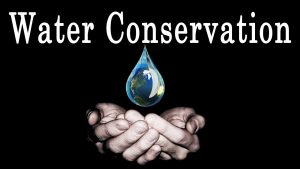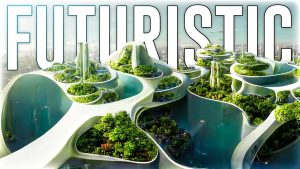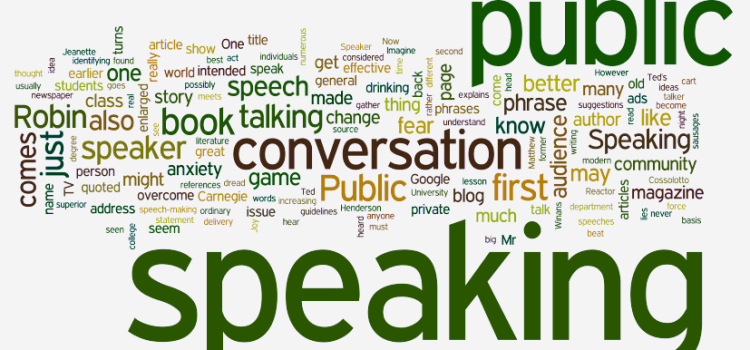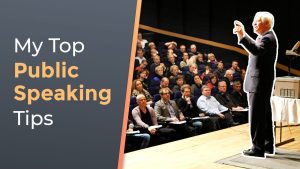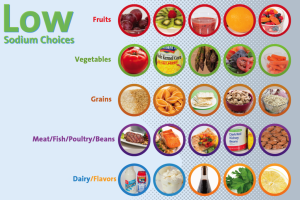
Introduction
Baseball’s “Moneyball” moment proved that numbers win games, yet box-score columns now look quaint beside the data torrents of 2025. Ten high-speed cameras watch every pass, wearables track muscle strain in real time, and cloud models spit out win probabilities before the crowd finishes cheering. Coaches, front-office analysts, fantasy managers, and even broadcasters depend on artificial intelligence to turn billions of data points into fast, clear answers. But what exactly has changed since last season? This 2 000-word guide unpacks the tech, the wins, the worries, and the next steps so you can speak fluent AI sports analytics 2025—whether you run a youth program or just love weekend stats debates.
From Counting Events to Reading Context
Early analytics logged what happened: shots, strikes, turnovers. Today neural networks read how events unfold. Computer-vision pipelines isolate every player, estimate joint angles 60 times a second, and tag hidden maneuvers—hedged screens in basketball, disguised blitzes in football, deceptive shoulder feints in soccer. Context lifts raw counts into tactical gold.
Example: Premier League clubs feed pose-tracking clips into a model that scores “pressure quality.” High scores predict forced errors better than possession time, reshaping press-drill design at Monday practice.
Predictive Engines Guide In-Game Decisions
Coaches once trusted gut feel when choosing pinch-hitters or two-point tries. In 2025, reinforcement-learning models simulate thousands of future game trees between plays, flashing go/no-go calls on tablet sidelines.
| Sport | AI Suggestion Window | Typical Accuracy vs. Outcome |
|---|---|---|
| Baseball | Before each pitching change | 68 % win-prob lift |
| NFL | 8-second play-clock | 65 % drive-success match |
| NBA | Dead-ball sub | 71 % lineup value match |
| Esports (MOBA) | Respawn timer | 78 % team-fight forecast |
Analysts still weigh team chemistry and player emotions, yet ignoring model insight is now the bolder risk.
Injury Prevention Shifts From Reactive to Proactive

Soft-tissue strains cost franchises millions. Wearable IMU chips, shoe-sole pressure mats, and sleep-quality rings feed predictive-risk algorithms that alert staff when micro-fatigue peaks. The Los Angeles Lakers cut hamstring incidents by 40 % after adding nightly “readiness scores” to practice plans. Algorithms also flag dangerous workloads in youth academies, curbing early burnout.
Tip for small programs: Low-cost vision apps on a single smartphone now score jump-landing asymmetry—no lab needed.
Personalized Player Development With Generative AI
Video-to-drill tools slice an athlete’s mistakes into 10-second clips and then auto-build coaching plans. A tennis backhand with late hip rotation spawns a 30-minute session of elastic-band warm-ups, shadow swings, and live feeds until form matches a pro-level template. These generative-coaching systems shorten feedback loops from weeks to minutes, democratizing elite feedback for high-school teams and remote athletes.
Fan Engagement and Broadcast Storytelling

Networks overlay “Expected Goal” arcs in real time, while AR glasses let fans at the stadium see live sprint velocity above players’ heads. Fantasy platforms run generative summaries that turn raw box scores into chat-style recaps and push them to subscribers by the final whistle. Higher transparency deepens fan knowledge but also drives debate over model fairness when AI grades star players below public opinion.
Responsible Gambling and Integrity
Sportsbooks use anomaly-detection nets to flag suspect prop-bet spikes before headlines break. Leagues, in turn, pipe in live optical feeds to verify that ball-tracking sensors match video paths, curbing data-feed spoofing. Ethical AI councils now audit model bias—ensuring no hidden skew favors high-market teams in probability dashboards.
Edge AI Shrinks Latency
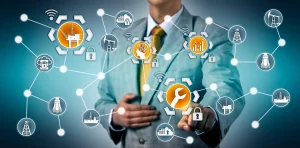
Stadium servers once sent video to distant clouds, adding a second of lag—too slow for coaches wearing bench headsets. Edge chips now run on-site inference at 5–10 ms, pushing heat-map displays to tablets during live plays. At indoor arenas, every section router doubles as a mini GPU node, sharing the load and letting fans stream stat overlays without crushing bandwidth.
The Data-Privacy Balancing Act
Collecting heartbeat and hydration levels raises big questions: Who owns biometric data? Pro contracts in 2025 often split rights three ways—player, team, and vendor—while GDPR-style laws in Europe require opt-out toggles. Youth leagues adopt stricter guardianship, storing data on local drives wiped after each season. Any AI rollout must pair performance gains with clear consent flows.
Table—Key AI Tools Changing Each Sports Stakeholder
| Stakeholder | 2025 AI Tool | Primary Benefit | Popular Vendor/Project |
|---|---|---|---|
| Coaches | RL strategy engine | Live play-call picks | SecondSpectrum Edge |
| Athletes | Generative drill designer | Faster skill gains | HomeCourt Pro |
| Medical Staff | Injury-risk dashboard | 40 % fewer strains | Zebra Catapult Fusion |
| Broadcasters | Real-time context feed | Deeper fan stories | AWS TrueShot |
| Bookmakers | Anomaly detector | Match-fix flag | Sportradar Int-Guard |
| Fans | AR stat overlay | Immersive viewing | Intel Venue Vision |
Implementing AI on a Budget—Practical Steps
- Start with video you already film. Free pose-tracking libraries extract joints for movement study.
- Set clear targets: reduce turnovers 10 %, cut sprint injuries. Funnel raw metrics into one KPI at a time.
- Train small models locally. Cloud costs sink budgets; TinyML options on laptops handle limited data sets.
- Educate staff. Two-hour workshops on reading heat maps beat fancy dashboards nobody trusts.
- Iterate. Validate model advice weekly; adjust weightings before rolling league-wide.
Ethical Guardrails and Model Transparency

Blindly trusting black-box outputs risks health and careers. Best practice in 2025 demands:
- Explainable AI modules that list top factors—fatigue index, joint torque—behind a red risk flag.
- Bias audits across gender, age, and league tier datasets.
- “Human-in-the-loop” overrides letting coaches log why they ignored or adopted AI advice.
Organizations that publish these frameworks build athlete trust and public credibility.
Future Horizons—Beyond 2025
Researchers probe multimodal transformers that fuse text scouting notes, video, and biomechanics into one network, predicting draft success with 30 % higher accuracy. Quantum-inspired optimization aims to solve schedule congestion puzzles in seconds. And brain-computer interface headbands run pilot studies tracking cognitive load, whispering rest cues before focus crashes.
Conclusion
From posture-tracking cameras to edge-run strategy engines, AI sports analytics 2025 marks the shift from hindsight stats to real-time guidance. Teams cut injuries, fans gain deeper stories, and leagues guard integrity with anomaly scans. Yet wins arrive only when data rights stay clear and coaches blend machine insight with human nuance. Adopt small tools, test often, and keep ethics front-center; the scoreboard—and your athletes—will thank you.
Call-to-Action
Ready to level-up your program? Start by auditing your existing video, choose one KPI to track, and pilot a free pose-analysis tool this month. Share results with players, refine, and watch performance climb—AI style.









